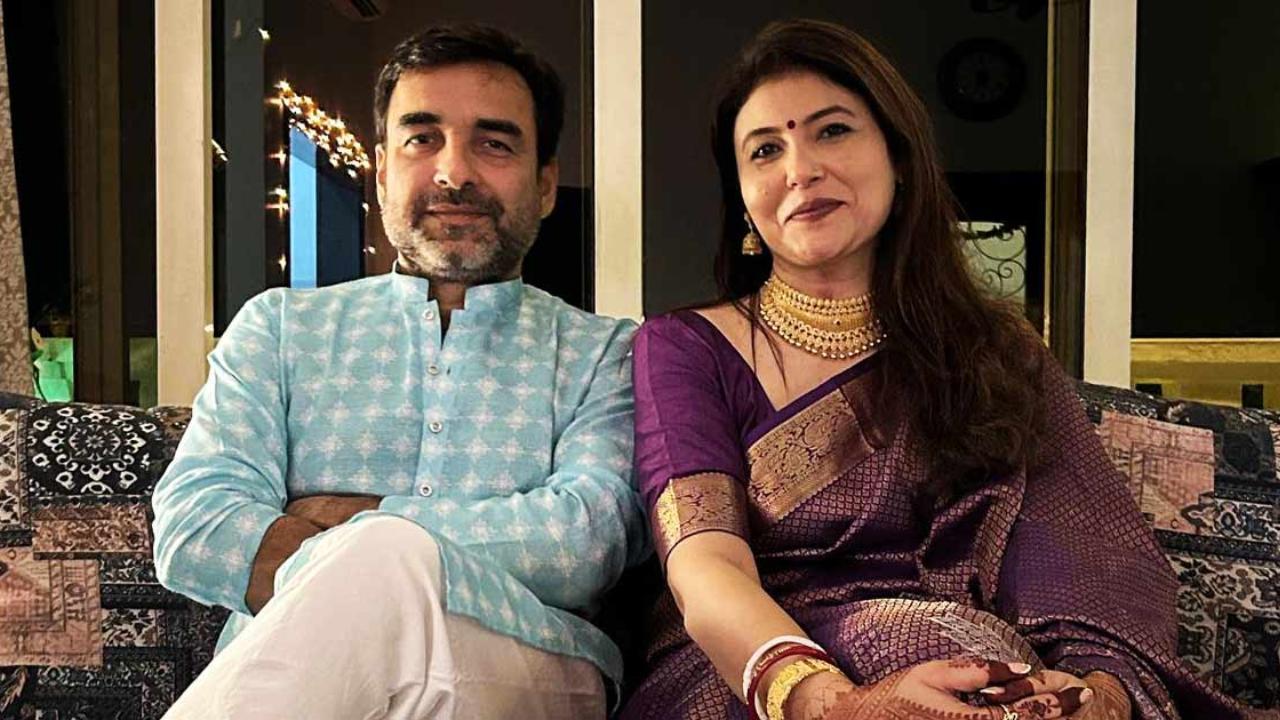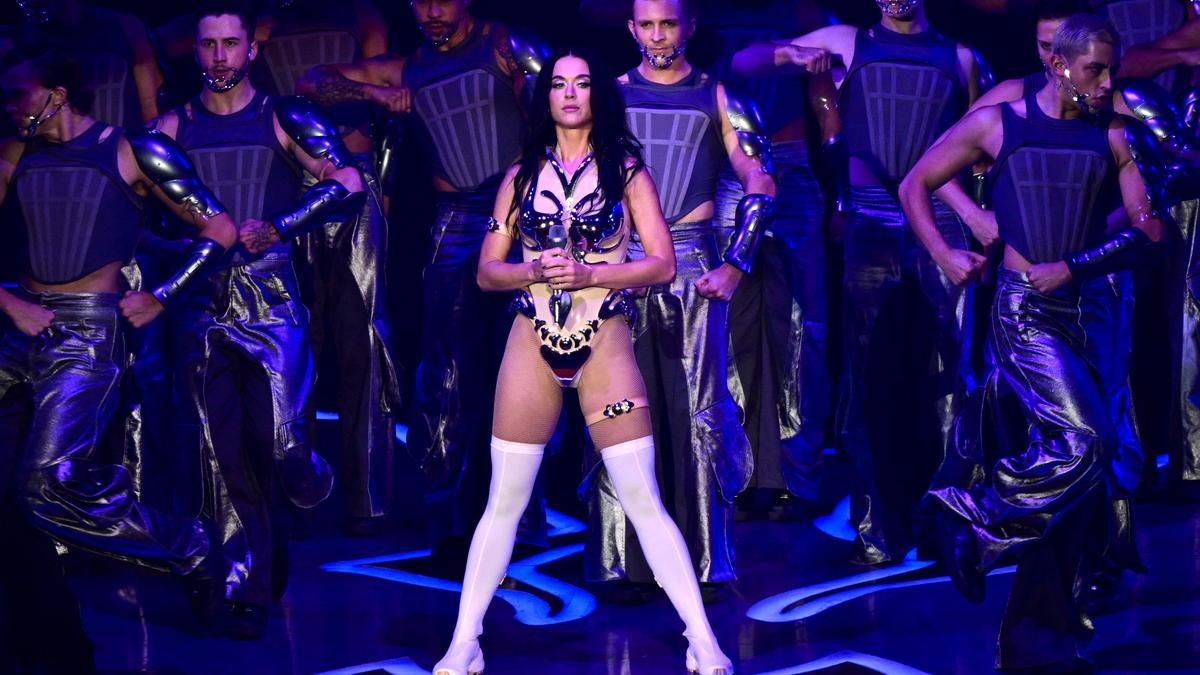
The world of animation is no stranger to pushing narrative limits, and the adaptation of Tatsuki Fujimoto’s one-shot manga, “Look Back,” further asserts the genre’s incredible potential. The cinematic debut of this narrative, directed by Kiyotaka Oshiyama, manifests as a 53-minute masterpiece, combining fevered artistry with a slow, emotional unraveling. This adaptation invites viewers into a contemplative world, weaving a tale about creation’s twin exigencies: dreams and reality. The film’s emotional depth uncovers layers of artistry by highlighting the dynamic bond between two young artists.
Fujino and Kyomoto, the film’s protagonists, are as different as night and day, yet their juxtaposition generates a fascinating discourse on the nature of artistic motivation. Fujino embodies the external validation seeker, comparable to an influencer constantly chasing fame and applause, even at the cost of mental exhaustion. On the other hand, Kyomoto is an introspective genius, pouring life into meticulously detailed art, threatening to collapse under its own perfectionism if not for the grounding emotionality. Together, these characters explore the duality within the creative spirit—one seeks approval from others, while the other strives for internal perfection.
In a medium often associated with vibrant visuals and fast-paced storytelling, “Look Back” opts for a refreshing approach that leans toward a more live-action technique. It foregoes the typical, stylized cuts, instead presenting a deliberate pace reminiscent of classical music. The film thus allows scenes to linger and breathe, adding another layer of depth to the storytelling. When Fujino and Kyomoto initially connect, it is not amidst the fireworks of rivalry common in shounen anime, but through a quiet, respectful exchange unfurling naturally in their world of shared interests.
Director Oshiyama’s choice to keep the ‘camera’ still creates an atmosphere not unlike that of a Linklater film. This element of restraint is a daring divergence in animation, known for its hyperactive flair, yet it yields spectacular results. The film captures both the intensity of creation and the transient nature of time itself, masterfully navigating these themes with finesse and providing a platform for reflection.
As the story advances, “Look Back” delves into profound tragedy with remarkable tact, infusing the narrative with subtle biographical elements from Fujimoto’s own life.
. The sudden stoppage in the otherwise harmonious timeline points to a stark reality—creation often emerges from, and in spite of, chaos. The film proposes an existential inquiry: is art an endeavor to achieve immortality amidst the tides of time? While it doesn’t possess the power to halt time, art does allow us to revisit past experiences and people who’ve influenced our journey.
The inferno of the Kyoto Animation arson incident casts its shadow over the film’s latter half, serving as a poignant reminder of the frailty of life devoted to the grueling pursuit of art. The characters, and by proxy the audience, grapple with the value of such commitment—examining whether the endless hours, isolation, and critique are justifiable. Ultimately, “Look Back” shifts focus from the accomplishments themselves to the shared moments of passion and fleeting ecstasies that punctuate an artist’s life. The film’s closing scene, where Fujino casts a poignant backward glance at Kyomoto, encapsulates both the pain of loss and the undying beauty of once being understood.
Visually, “Look Back” is a celebration of the raw and the refined. Fujino and Kyomoto’s character designs possess an authentic sketch-like quality, highlighting the beauty in imperfect hand-drawn lines. The progression exemplifies a masterclass in expressive visual storytelling, conveying emotions through silence and meticulously captured moments rather than dialogue. Haruka Nakamura’s score graces these visuals, swelling and ebbing with emotions of longing and loss.
The animation renders the creative journey in its most visceral form—depicting Fujino’s transition from triumphant to obsessive, and Kyomoto’s disciplined immersion into detail. It renders tangible the desk piled with eraser shavings, the faint graphite scent, echoing the delirium and despair ingrained in the artistry. In its concise runtime, “Look Back” wrestles with universal themes of creativity’s driving forces—whether external acclaim or the intrinsic desire to mold something beautiful. Oshiyama and Fujimoto eschew definitive answers, instead encouraging introspection about the personal impulse to create. Sometimes, looking back can illuminate paths to liberation.
“Look Back” currently garners audiences in theaters and is eagerly anticipated to grace digital screens with its streaming debut on Prime Video slated for a November 7 release.










